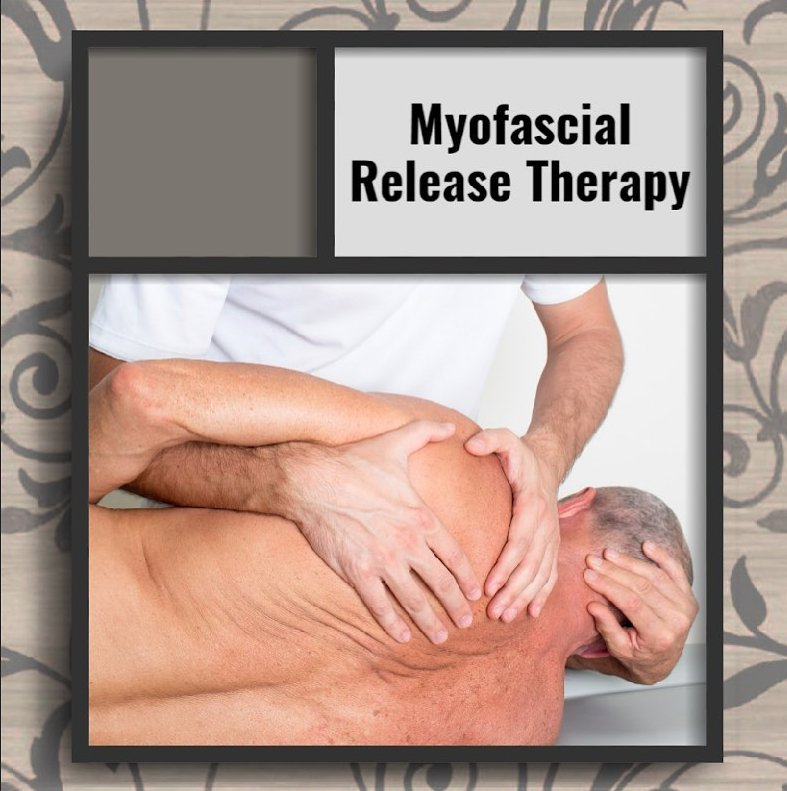MYOFASCIAL RELEASE VS MASSAGE: WHICH DO YOU NEED?
Benefits of Myofascial Release Therapy vs Massage Therapy

MYOFASCIAL RELEASE VS MASSAGE: WHICH DO YOU NEED?
You may have been told to try some myofascial release (MFR) if you've ever had very stiff muscles or persistent muscle soreness. So far, so good, but is MFR another term for deep tissue massage? Not quite. Myofascial release is a type of massage, although it differs from conventional massage therapy in several ways. Let us examine these differences.
Massage has been used since Hippocrates and is a very popular treatment. However, as we all know, simply because something has been there for a long time does not mean it is good. Old ideas can be bad, while new ideas might be good. Massage, on the other hand, has stood the test of time due to its remarkable therapeutic and relaxing benefits.
What is Massage Therapy?
The massage consists of stroking and kneading motions usually administered with lubricants to allow the therapist to easily slide their hands over the recipient's skin. This is perfect for anyone with tense or tired muscles due to exercise, sleeping in an unusual position, or just everyday pressures. Massages typically last 30-60 minutes and can reduce muscle tension, including releasing muscle "knots." While it normally leaves individuals feeling peaceful (although a little sore from releasing muscle knots), it doesn't usually alleviate the pain in the connective tissue.
What is Myofascial Release?
Myofascial release is a soft tissue therapy that is used to relieve skeletal muscle immobility and pain. It focuses mainly on the fascia and other connective tissues.
The biological fabric that holds us together is our fascia. It is a thin, tough, yet elastic connective tissue type that wraps around most of our body's structures, including our muscles, to provide support.
It is thought that our fascia can tighten, constricting our muscles, reducing blood supply, producing pain, and reducing our range of motion. Although the cause of fascia tightness is unclear, the osteopathic theory implies that tightness may be caused by overuse, disease, trauma, infection, or inactivity. Myofascial release relaxes contracted muscles, increases lymphatic and blood circulation, and stimulates our muscles' "stretch reflex."
During myofascial release, mild, sustained pressure is applied to loosen and lengthen the constricting fascia. The practitioner may work on breaking down adhesions between tissues during this time. It may take many minutes to work on each area to soften and realign the tissues. This is usually done without the use of lubricants because the therapist needs to be able to feel and manipulate the fascia fibers accurately.
Who Benefits from Each Technique?
If you have muscle soreness from working out or sitting at a desk, a massage may be just what you need to get rid of the knots and feel better.
Myofascial release may be an excellent option if you have persistent pain that does not go away even after icing and rest. Many patients report experiencing immediate relief after just one session.
Myofascial Release Therapy in Omaha, NE
Massage and myofascial release are effective methods for alleviating pain in specific areas of one's body and may even aid in preventing future problems. With the help of our MFR therapists at Komp Chiropractic and Acupuncture in Omaha, NE, we can help you get back to your optimal self. For additional information, please contact us right away.
Omaha Chiropractors and Acupuncture










